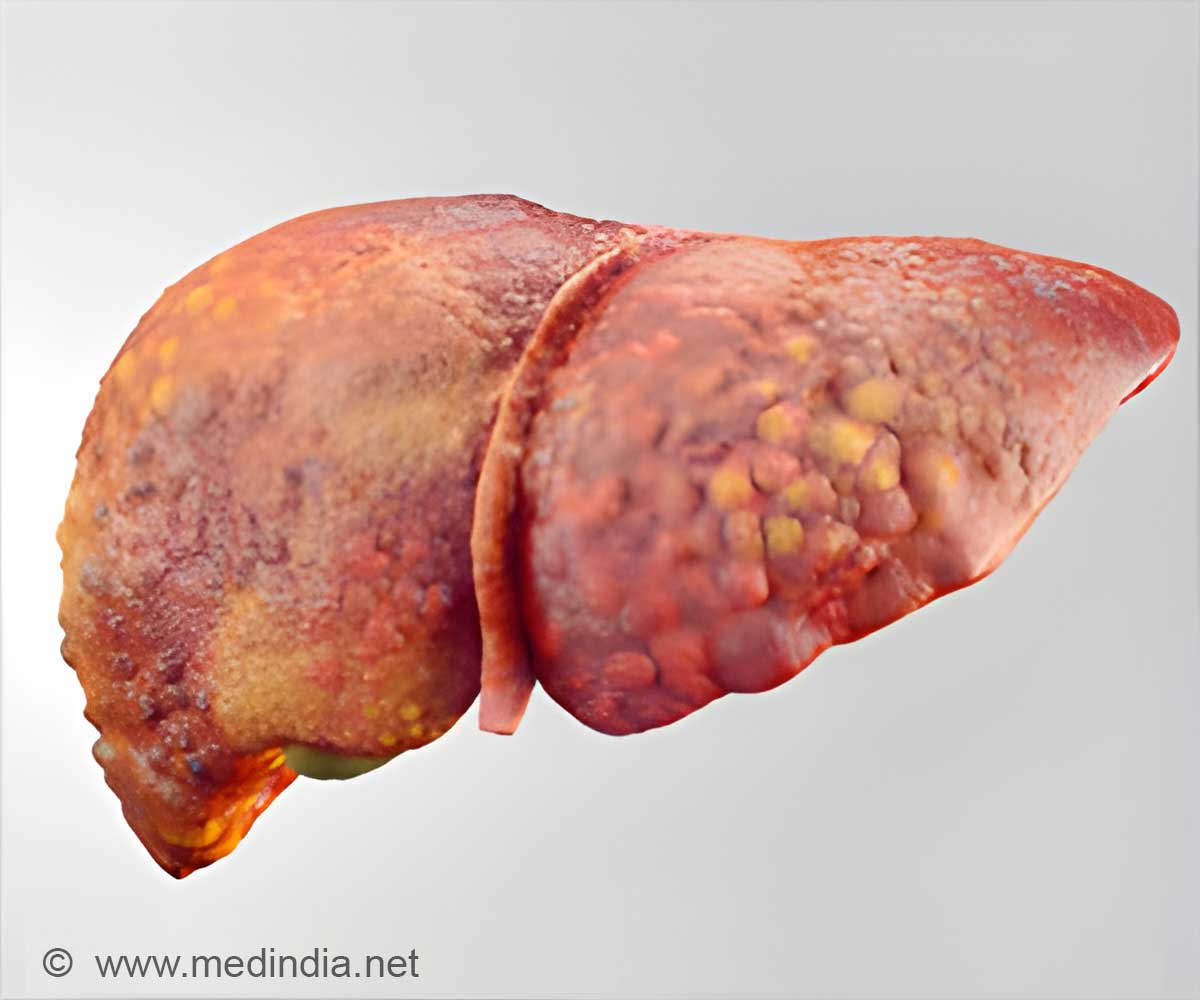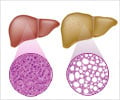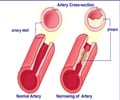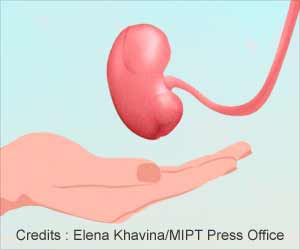Researchers at the Indian Institute of Technology, Mandi have shown how lead intake promotes accumulation of fat in the liver which can cause obesity.

‘Lead toxicity can lead to poor regulation of fat formation and increases fat deposition in the liver, thereby contributing to NAFLD and other metabolic diseases.’





Epidemiological studies have shown that this affects nine to 32 per cent of the Indian population. And the actual number could be higher as the condition often goes undiagnosed. Non-alcoholic fatty liver disease (NAFLD) is a dangerous epidemic of this generation and is a rapidly growing health problem intimately related to the metabolic group of diseases such as obesity and diabetes, among others.
It is a condition wherein there is excessive fat accumulation in the liver.
While obesity has been known to be the leading cause for NAFLD, recent observations have shown that even thin people can be metabolically 'obese' and have NAFLD.
Their research work was performed in collaboration with researchers from the Council of Scientific and Industrial Research (CSIR), Indian Institute of Toxicology Research in Lucknow and School of Chemical and Life Sciences in Jamia Hamdard in New Delhi.
Advertisement
Prosenjit Mondal, Assistant Professor, School of Basic Sciences, IIT Mandi, who has uncovered the pathway by which lead promotes NAFLD, said: "While the connection between lead and fatty liver disease has been known for a while, the actual mechanism by which lead worsens this condition has hitherto remained unknown."
Advertisement
The poor regulation of De novo lipogenesis leads to abnormal production of fat, which settles in the liver and other internal organs as visceral fat.
It has been found that the metal lead, which is a serious environmental toxin, can lead to poor regulation of fat formation and deposition in the liver.
Lead toxicity is a serious concern in India and the use of lead containing paints, pesticides, packaging and even beer contributes towards high exposure of Indians to this toxic metal and its salts.
Lead salts absorbed by the human body is stored in soft tissues, and autopsy studies have shown that the liver hoards almost 33 per cent of the total lead cruising in the body.
Source-IANS















